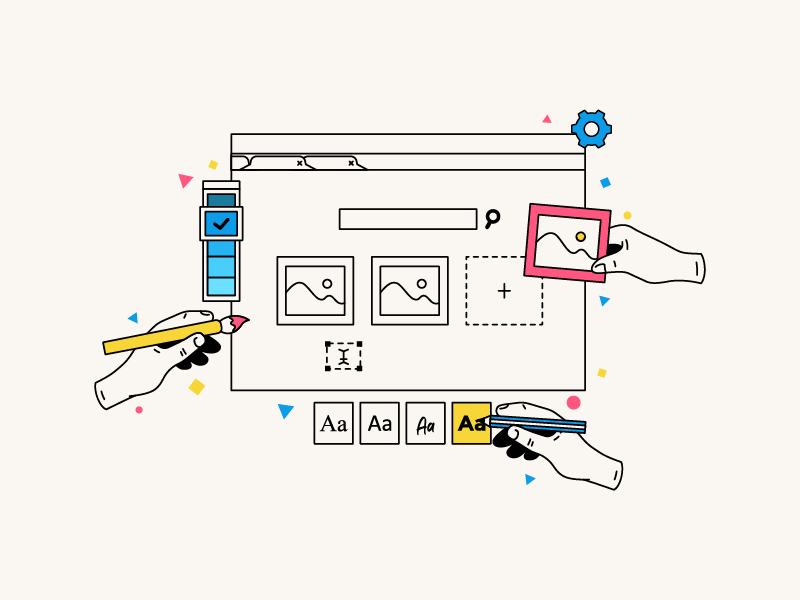Marketing UX and Product Design – Key Differences
Breaking down the distinct goals, challenges, and approaches of each discipline.
While marketing UX and product design share foundational principles, their differences lie in the details. Marketing UX focuses on driving immediate engagement and conversions, while product design prioritizes long-term usability and customer retention.
These distinct goals shape the challenges and workflows of each discipline.
In marketing UX, the emphasis is on storytelling and persuasion. Designers often work on tight timelines to create high-impact assets, such as campaign landing pages or email flows. Success is measured by metrics like click-through rates and conversions, making rapid testing and iteration essential.
On the other hand, product design is more about building sustainable, scalable solutions. Designers in this space often deal with complex user flows, ensuring features integrate seamlessly within a larger system. Metrics like user retention, task success rates, and satisfaction scores are key indicators of success.
The tools and collaborators also differ. Marketing UX teams often work closely with copywriters, marketers, and media planners, while product designers collaborate more frequently with developers and product managers. The timelines, too, can vary significantly—marketing projects often move quickly, while product design can involve months of development and iteration.
Understanding these differences helps designers adapt their approaches and skillsets to meet the unique demands of each discipline. It also highlights the diverse opportunities available within the broader UX field.
